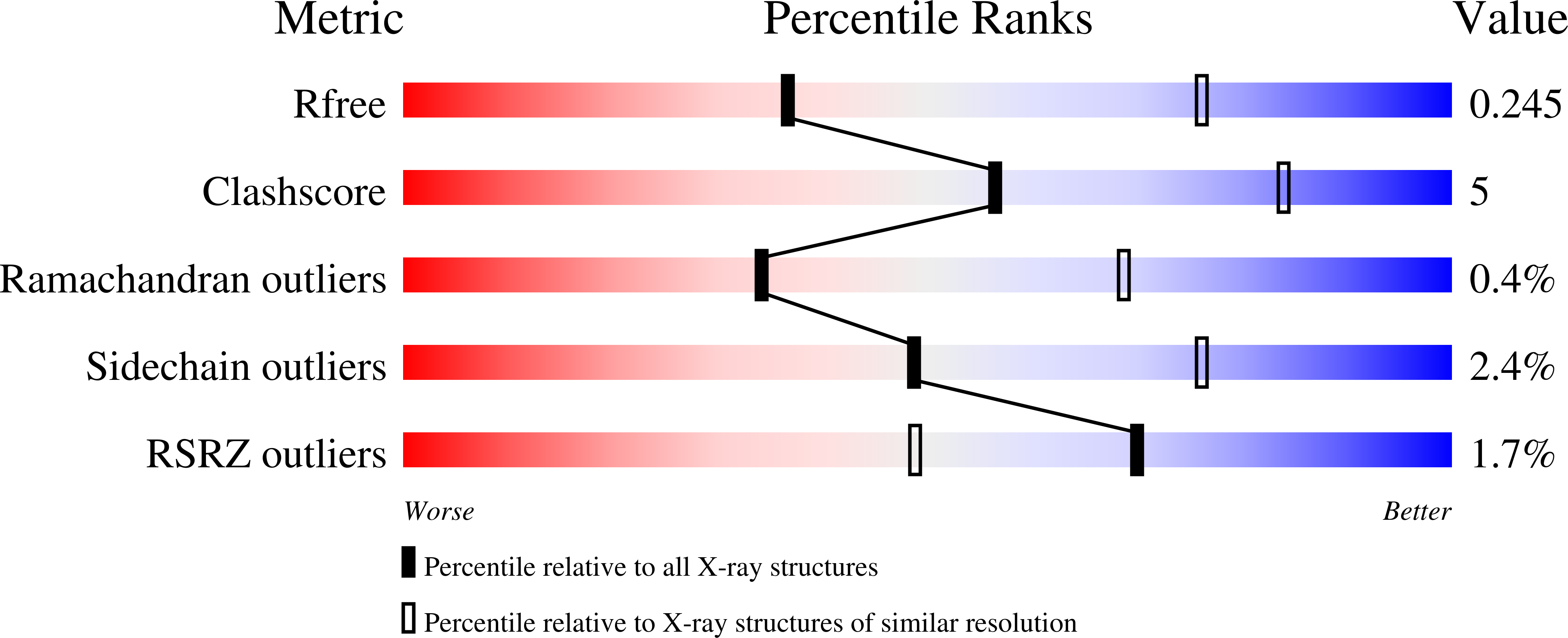
Deposition Date
2022-02-07
Release Date
2022-12-14
Last Version Date
2024-05-01
Entry Detail
PDB ID:
7R3I
Keywords:
Title:
PROSS optimitzed variant of RhlR (61 mutations) in complex with the synthetic antagonist mBTL
Biological Source:
Source Organism:
Pseudomonas aeruginosa PAO1 (Taxon ID: 208964)
Host Organism:
Method Details:
Experimental Method:
Resolution:
3.10 Å
R-Value Free:
0.27
R-Value Work:
0.24
R-Value Observed:
0.24
Space Group:
P 41 21 2


